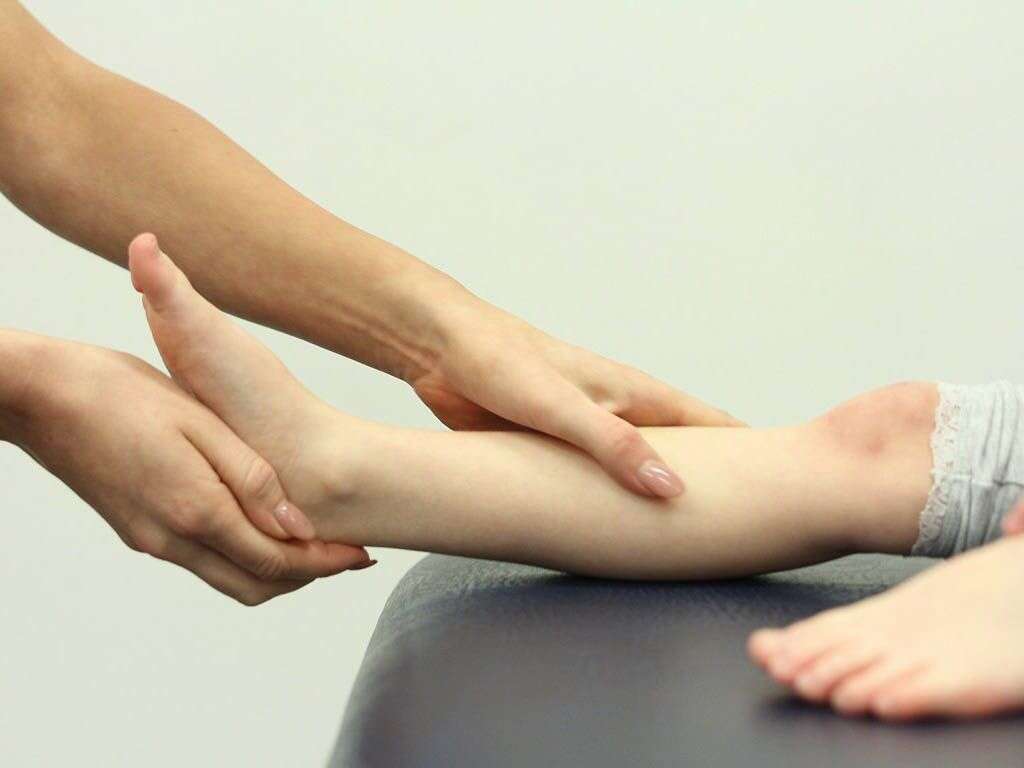What Is Sarcopenia?
Our muscles are tissues that contract on demand, pulling on the tendons attached to them. This, in turn, allows our body parts to move, giving us much needed strength and mobility. We can also make ourselves stronger and more mobile by exercising our muscles.
As we get older, however, we will begin to lose some of our strength. It is a natural process that is known as sarcopenia. It is not necessarily dangerous, but severe cases can have a considerable negative impact on the patient’s quality of life. Many of us are able to make certain lifestyle choices that can help us to maintain our strength.
1. Sarcopenia
It takes around 30 years before we grow to full strength. Once we have reached our maximum strength, however, we will eventually begin to lose our strength again. It does not happen quickly, and even inactive people will only lose around 3% to 5% of their strength every 10 years.
Despite the slow progress of this phenomenon, it can still amount to something significant when we are older. It happens because we lose muscle mass as we age, and it is something that all of us will experience to a degree. It is a condition known as sarcopenia with aging, or age-related sarcopenia.
2. Diet
There are numerous potential causes for the condition, and there are different factors that can accelerate muscle loss. One of these is the food that we eat. Meals containing insufficient protein and calories are likely to contribute to the muscle loss, and it is fairly common for this to happen.
As we get older, various factors tend to change what we eat. This includes problems with our teeth, and it can be harder for us to swallow. Some people will also have difficulties shopping, while cooking can also become difficult. Many people will also find that their sense of taste changes as they get older.

3. Inflammation
Another potential cause of muscle loss is inflammation of the muscles. When our muscles are inflamed, they are broken down by the body. Our body can then rebuild and repair cells that were damaged. This process can help to make us stronger by encouraging muscle growth, but it can also cause muscle loss.
Some people will have long term medical conditions that can cause inflammation. This includes conditions like Chron’s disease, lupus, ulcerative colitis, and rheumatoid arthritis. These conditions can affect the cycle of muscle being broken down and then rebuilt, and this can mean that muscle mass is lost overall.
4. Immobility
If we don’t use our muscles then they are likely to start getting smaller naturally, and we tend to become less active as we become older. This is partly due to us simply not having as much energy as we used to, and also because of changes in our lifestyle.
Medical conditions can also contribute to people becoming less active. Some people might end up being bed ridden, and this is going to cause their muscles to waste even further. Remember that it is always a good idea to get a reasonable amount of exercise no matter how old you are.

5. Chronic Disease
Sarcopenia is also likely to occur more quickly in people that have other, chronic health conditions. Such diseases can put a lot of stress on the body, and this can encourage the breakdown of the muscle tissue. Chronic diseases can also contribute to sarcopenia because they will often make the patient less active than otherwise.
People with chronic kidney disease, for example, are more prone to sarcopenia, as are people with chronic liver disease. People that have chronic heart failure are also more prone to developing the condition. Another contributing factor in many cases is cancer, and treatment for cancer.
6. Weakened Grip
The muscles in our arms can contract sharply, clenching our fingers, allowing us to grip tightly onto objects. However, one of the most noticeable symptoms of sarcopenia is that the patient can lose the strength of grip in their hands. The condition will develop gradually so it will be barely noticeable at first. As time goes by, however, the condition will become increasingly evident.
Because a weakened grip can be considered a tell-tale sign of sarcopenia, a grip test was developed with the purpose of helping to diagnose the condition. Further tests may still need to be carried out to help eliminate other, more serious conditions in some cases.

7. General Weakness
In addition to a weakened grip, sarcopenia can also cause the patient to feel weaker overall. It can become harder for them to lift heavy objects, and some people might begin to struggle with work and perform other chores. Again, this will develop gradually, being barely noticeable to begin with.
Weakness will make the patient tire faster than usual, and they are likely to become less inclined to take part in physical activities. This can lead them to become less active than usual, and a lack of activity can make the condition worse. It is advisable that everybody gets at least a moderate amount of exercise where possible.
8. Weight Loss
Another symptom of sarcopenia is that the patient will begin to lose weight. The weight loss will come from the loss of muscle. Becoming weaker will likely make the patient less active, and this can further exasperate the issue as their remaining muscles will get less exercise.
Although weight loss might sound like a good thing to a lot of people, it is not a good sign if it was not intentional. People trying to lose weight should also note that it should be done in a controlled manner. There are numerous potential causes of weight loss, some of which can be serious, so the patient should speak with a doctor when they can.

9. Diet
One way to help limit the progress of sarcopenia is to eat a healthy, balanced diet. While it is a good idea to avoid having too many calories in your food, it is also important to make sure you get enough. Also make sure to get plenty of vitamins and minerals to help keep you healthy overall.
It is also important to get enough protein as protein is needed for strong, healthy muscles. This means meats, although other foods like beans are also a good source of protein. Eating a healthy diet will also help to make you feel great overall in addition to helping slow down the effects of sarcopenia.
10. Exercise
Another great way to maintain muscles strength is to exercise regularly. There are numerous exercises you can do to help, including resistance training and cardiovascular training. Not only can exercise help to slow down the effects of sarcopenia, but it can even reverse muscle loss in people able to exercise enough.
If you cannot take part in heavy exercise, you should still try and get as much exercise as you can. In some cases, even taking the dog out for a walk a few days a week can help make a lot of difference. Not only can exercising help you to maintain your strength, but it can also help you to feel much better overall.











